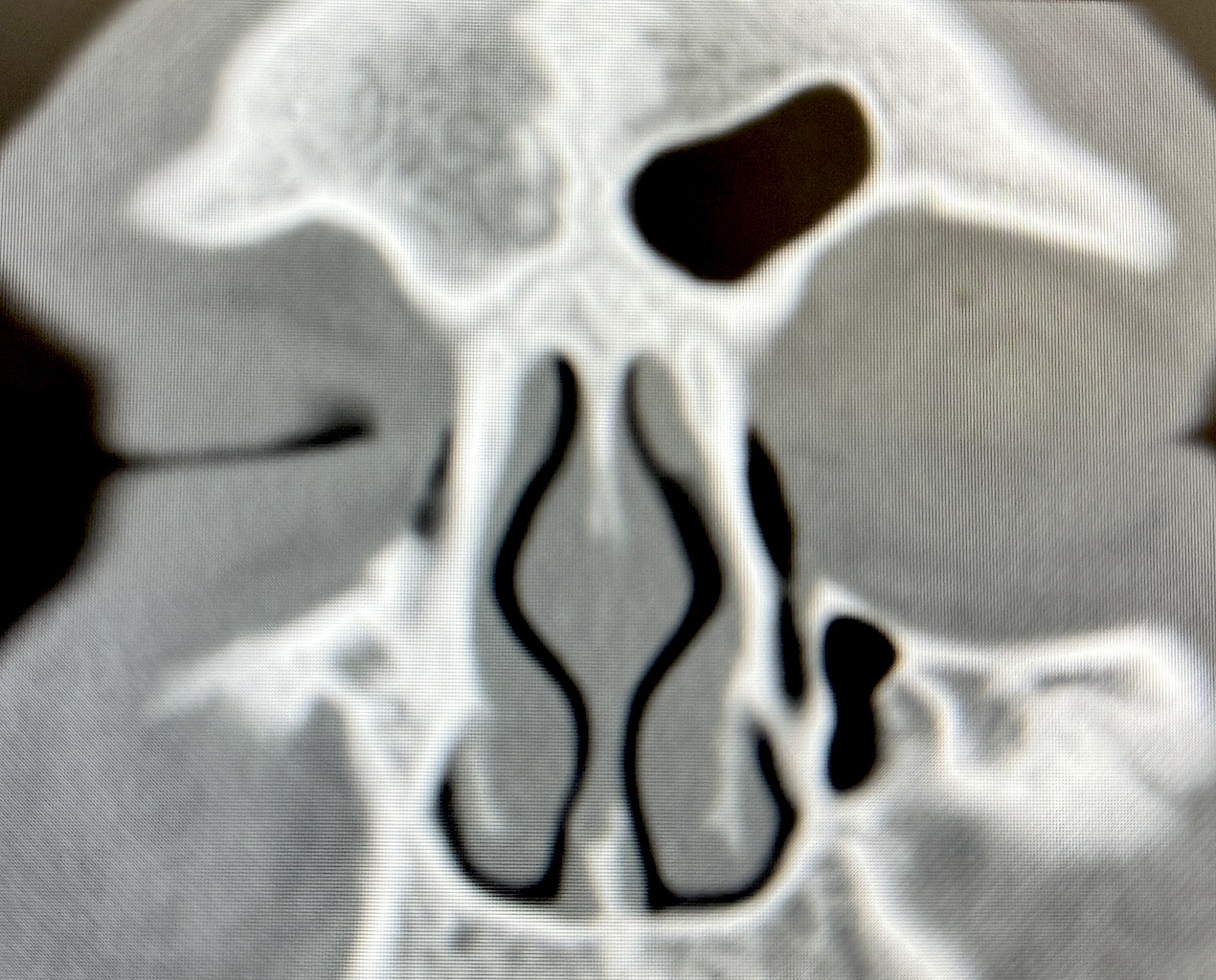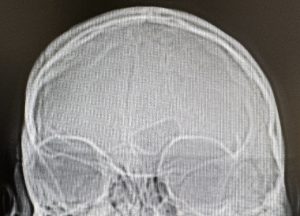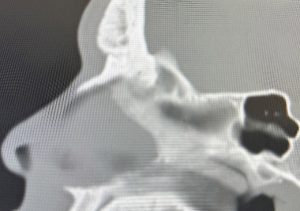Background: While brow bone reduction surgery has been around for a long time it has gained more recent popularity because of the emergence of facial feminization surgery. (FFS) But before facial feminization surgery brow bone reductions were done in men although far less commonly than FFS today. The use of a bone flap setback is what most brow bone reduction patients need and this is particularly true in cis-male patients with large over developed frontal sinuses with thin anterior bony walls. The fundamental difference between male vs male to female brow bone reduction is its degree of reduction. While females may want a flat or complete elimination of brow bone prominences men usually seek a reduction in the brow bone prominences as opposed to a complete flattening of them.
In considering brow bone surgery preoperative x rays are important to show the size and extent of the frontal sinuses and the thickness of their anterior walls. For some patients this will help make the determination of whether a burring (shaving) vs bone flap setback is most appropriate for their aesthetic needs. Frontal sinus anatomy is well known to be highly variable. While they are a paired pneumatized cavity they are separated by a bony septum which is rarely located in the midline. Since both sinuses develop individually they are almost never symmetrical in size or shape. Men naturally have larger frontal sinuses than females. Anatomical studies have classified the development of the frontal sinuses has having four basic presentations; medium-sized, hypertrophied, hypoplastic and aplasia. (absent) The most common occurrence is medium-sized (normal) frontal sinuses with the least common as unilateral or bilateral absence. Perhaps to no surprise the prevalence of congenital frontal sinus aplasia/absence is more common in females while true hyperplasia is more common in males.
One uncommon type of congenital frontal sinus aplasia in men is the persistence of a metopic suture line. Studies have shown the persistence of this midline frontal bone suture line impacts frontal sinus development result in smaller to absent frontal sinuses.

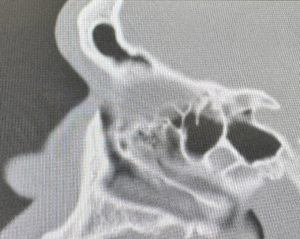
The patient opted for a behind the frontal hairline incision with the understanding that it would need to go lower in the temporal area. (a maneuver I am usually hesitant to do in a male)

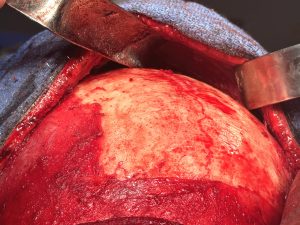
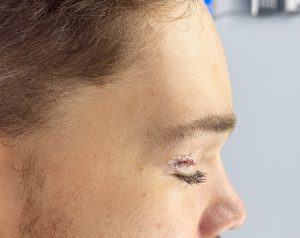
Highlights:
- Persistence of a metopic suture line in an adult is associated with potential partial or complete frontal sinus agenesis
- With underdeveloped and absent frontal sinuses male brow bone reduction can be done using a reciprocating saw without sinus exposure.
- The metopic suture may be associated with frontal keel creating an overprojecting forehead which can be concurrently reduced at the time of brow bone reduction.
Dr. Barry Eppley
World-Renowned Plastic Surgeon

